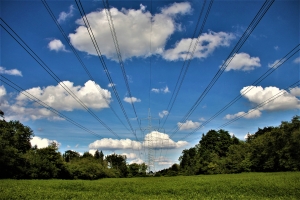Cooperation with Tauron Dystrybucja S.A. and development of the Flexon system
15-04-2021
The National Center for Nuclear Research and Tauron Dystrybucja S.A., the largest electricity distributor in Poland, have signed a cooperation agreement aimed at analyzing and assessing the possibility of using dispersed flexibility resources by the Distribution System Operator and developing exemplary business models in a pilot area.
There are currently around 120 energy clusters in Poland. One of their objectives is to strive to balance local electricity demand based on local sources of its production and storage. This reduces transmission and distribution losses and costs of infrastructure development, eg. the costs of modernization of transformer stations. It also increases local energy security and stimulates local industry.
As a part of the cooperation between NCBJ and ZKlaster, there will be carried out an economic analysis of methods of predicting sources – of recipients whose needs can be shaped and of suppliers whose level of utilization of installed capacity and energy storage may change. An analysis of the participation of entities in the energy markets will also be carried out, as well as optimization of connection capacities and other elements, essential for control schemes.
In addition to savings for the recipients of Zgorzelec, the cooperation will also result in the development of the Chronos System, which enables Energy Clusters to optimally use their energy sources and their flexibility based on predictive algorithms, operating and communicating with the cluster infrastructure in advance and in real-time.
The creators of the system pay attention to large potential savings, that can be obtained thanks to its use and they are making efforts to bring it to public use by other entities, who take an interest.
The contract Was signed on April 1, 2021, and it assumes that cooperation will last for 14 months. The first stage of works is carried out as part of the NCBiR Gospostrateg KlastER project, in which partners are NCBJ, Ministry of Economic Development, Labour and Technology and AGH University of Science and Technology.





